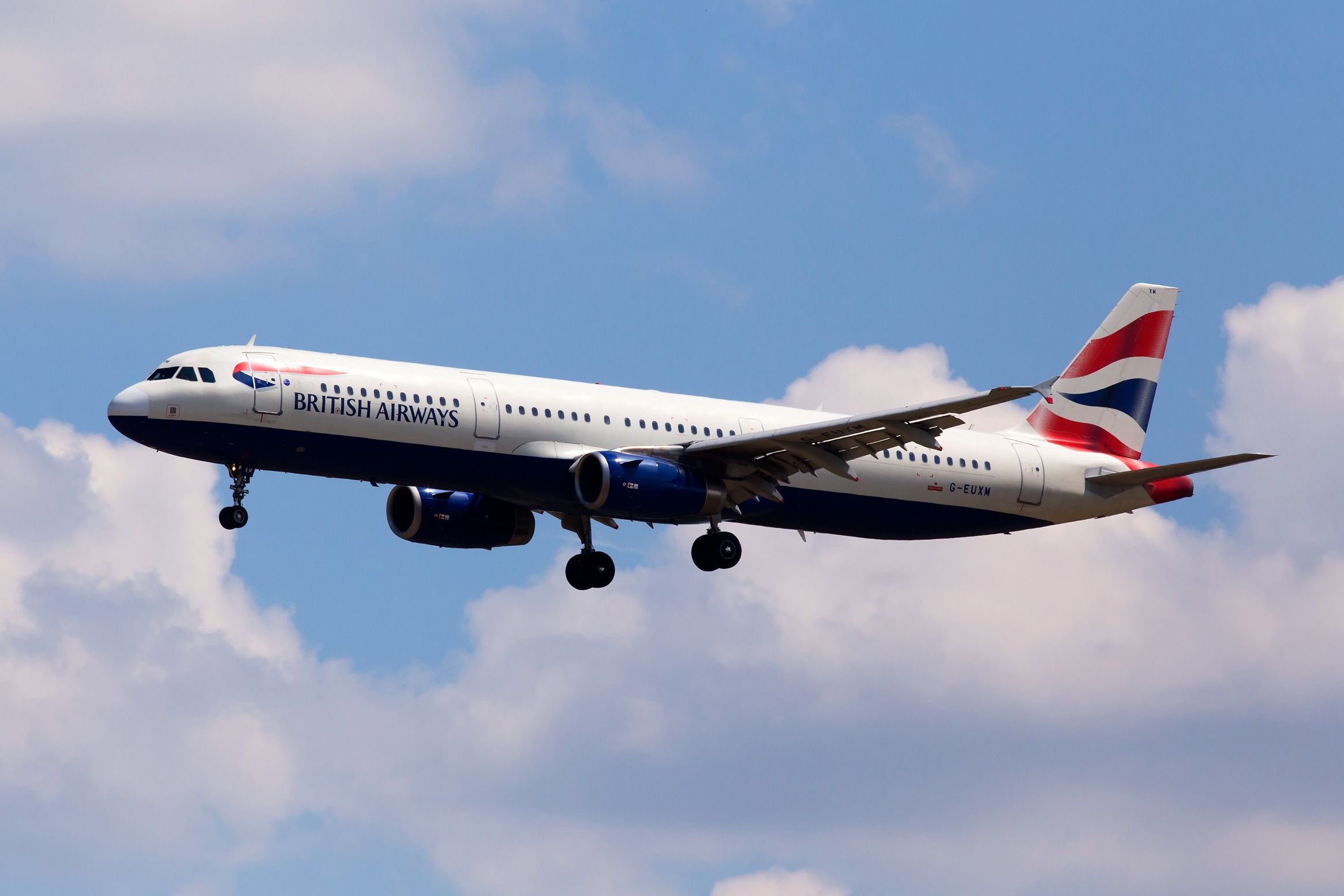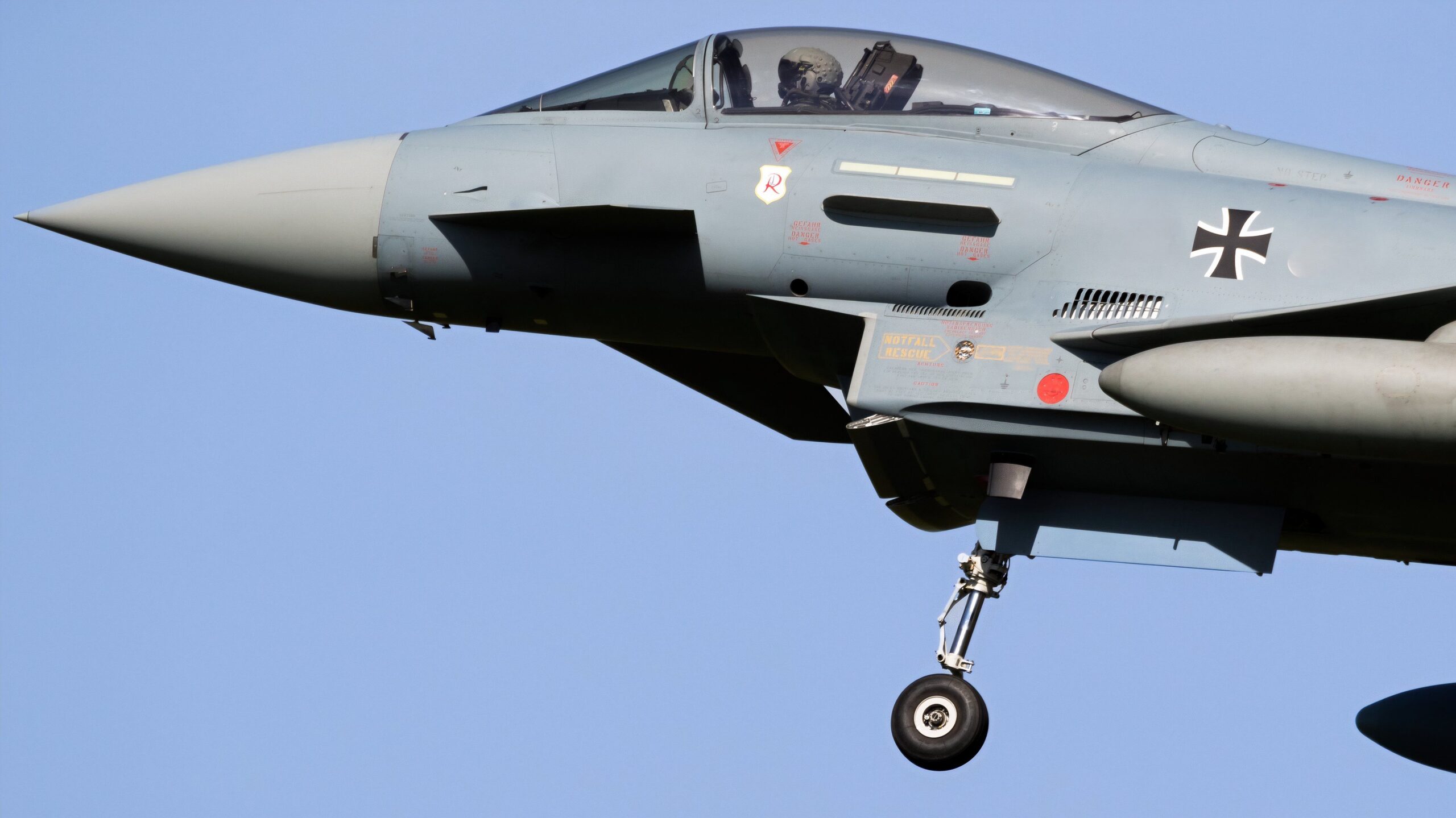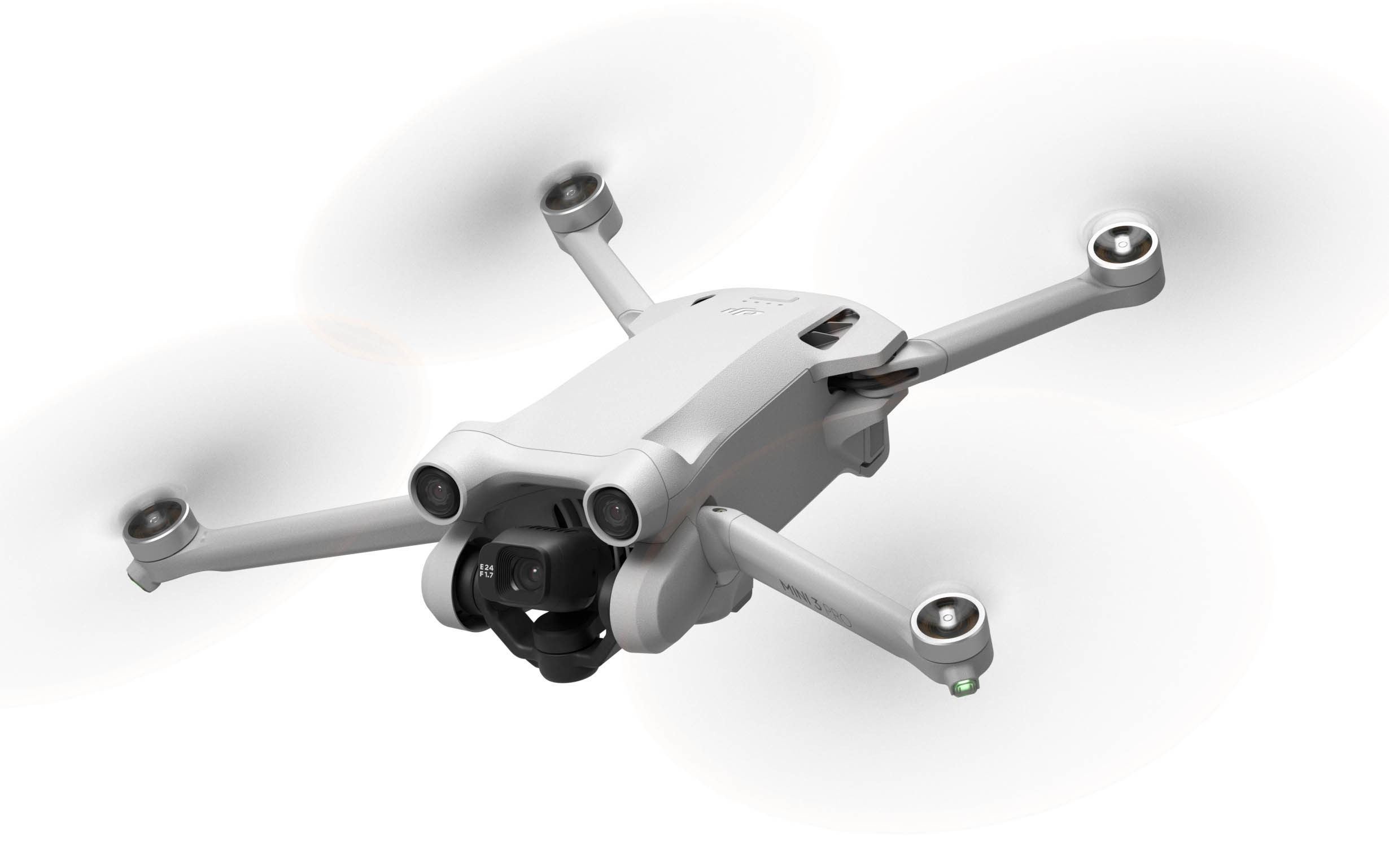Summary
- Operating drones near airports and airshows poses significant risks to crewed aircraft and violates aviation laws in multiple countries.
- Drone collision with a Eurofighter shows the need for airspace deconfliction and compliance with strict drone regulations.
- Legal consequences, including potential jail time, exist for flying drones in unauthorized areas under aviation security acts.
In a cautionary tale, the German media and the aviation website The Aviationist report that a drone impacted a Eurofighter Typhoon landing at Manching Airport. This incident shows the inherent dangers of drones operating close to crewed aircraft without compliance with drone laws.
The Eurofighter vs. Drone Incident
According to Upper Bavaria North Police and multiple news sources such as The Aviationist and BR or Bavarian Broadcasting, the incident of a drone hitting a Eurofighter Typhoon is surmised to have happened about 300 meters east of the dual runways in a wooded area. This collision is well within, according to UAVCoach.com, the 1.5 kilometers (.93 miles) or closer to an airport ban on drone flights. Also, according to FlyNex, the area is covered by regulations banning drones from military control zones without preclearance from a military air traffic control center. If this was insufficient, the wooded area may also have a separate additional drone ban.
Photo: DJI
Even with all these airspace restrictions, law enforcement is still looking for the culprit. The Eurofighter Typhoon landed without incident, and the collision was only discovered during a post-flight inspection.
As with airports anywhere, drones cannot be flown near an airport without prior approval. Otherwise, this runs afoul of law – whether in Germany, the United Kingdom, or the United States. There have also been other near misses with drones and aircraft – such as with United Kingdom Chinooks, British Airways aircraft, and at United States airshows.

Related
British Airways Flight Nearly Collides With An Illegal Drone
The drone operator has so far eluded detection after the extremely dangerous near-miss.
Considering drones are more, er, robust than birds the risk of a drone taking an aircraft engine offline or crashing through a window, thereby depressurizing an aircraft among other harms are high. Hence the need to sanitize and deconflict the airspace around airports.
Planes versus drones concern airshow pilots also
Additionally last December, Simple Flying was honored to exit interview Major Kristin “Beo” Wolfe, the legendary F-35A Demo Pilot. In the interview, Major Wolfe stressed that drones can be programmed not to fly near an airport or in a Temporary Flight Restriction (TFR) area. Such is the case with DJI drones – the world’s most popular brand. Below is Major Beo boarding her F-35A before a demo and flying in a Heritage Flight demo with a warbird – P-51D Mustang – between her and “Gator” in his A-10C Warthog in late 2021:
However, jailbreaking the drones is possible. As Major Beo shared with Simple Flying about flying drones around airshows,
“Maybe I don’t know how people get around it, but it’s not only is it dangerous, but it’s also illegal if an airplane sucks up a drone and its engine, especially a warbird. There’s a chance that pilots never even get out of the airplane because they don’t have ejection seats. So it’s for our safety in the airplane safety, and then the guy in Miami got arrested and about three minutes and a huge, I think, about $12,000 fine. So it’s pretty important and something that we take pretty seriously.”
There was also a few years back a similiar issue in the United Kingdom with a drone causing a near miss with a restoried Hurricane World War II fighter. Translation: Please leave your drones at home around airshows and airports.
Consequences and resources for flying drones
There are legal consequences for flying drones in unauthorized areas. For instance, in Germany, where this incident occurred, the Luftsicherheitsgesetz or Aviation Security Act, created in response to September 11, 2001, not only regulates drones but also gives the German military the authority to open fire on hijacked jetliners. As per the act, “Unmanned aircraft, including their control stations, that are not operated for sport or recreational purposes (unmanned aircraft systems) are also considered aircraft.” Violations of the act could result in multiple years in jail.
Additionally, in the United Kingdom, one can review a Drone and Model Code that can be downloaded as a PDF or reviewed on this government website. If you own a real drone and not a toy, you must register annually with the UK Civil Aviation Authority to ensure you know the rules.
The Canadians appear to be a bit more strict, but their government webpage is chock-full of helpful resources. The Australians also have a government webpage with clear guidelines.
Finally, the United States Federal Aviation Administration (FAA) has a website of resources for all current and potential drone operators. In the United States, 781,781 drones have been registered as of February 29. The FAA is also implementing Remote ID for drones to ensure maximum safety.
Bottom line
The recent collision between a Eurofighter jet fighter and a drone is a teachable moment, not a tragedy. Hopefully, drone operators will please strive to follow drone operation laws.
Do you operate a drone? Please share in the comments if you do.


